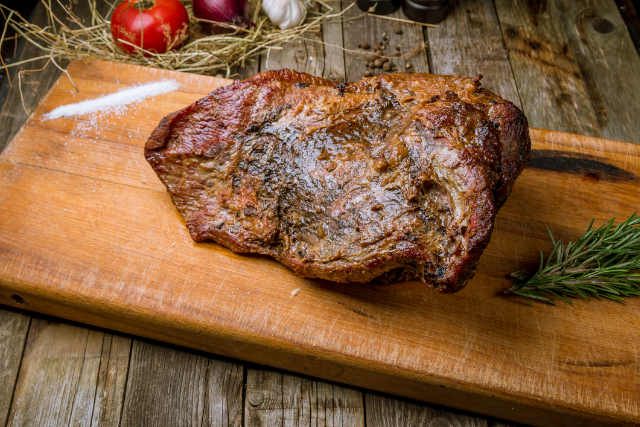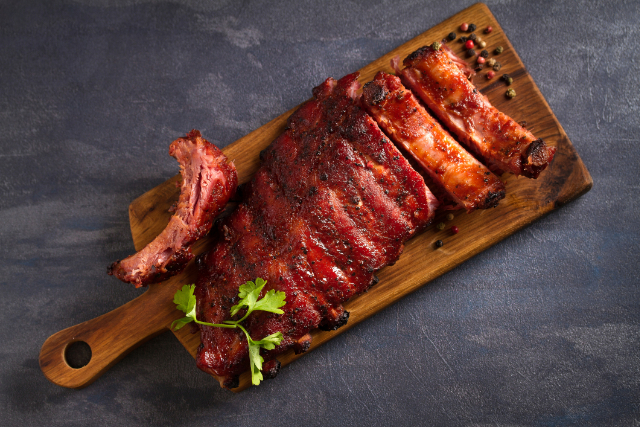Your Guide To Braising Mouthwatering Meats

You don't need to be a professional chef to serve restaurant-quality meat dishes to your dinner table. Braising is one of those simple and easy ways to show off your cooking skills and you have your family and friends coming back for seconds.
The Right Cut
The first step to a beautifully braised meal is finding the right cut. The ideal cuts are from tough cuts with loads of connective tissue such as the shoulder, chuck, shank, or leg. The braising method specializes in turning these cuts into mouth fall of the bone/ fork-tender dishes.
The Perfect Sear
Stainless steel or a cast-iron skillet is perfect for this step. Add a small amount of oil, preferably vegetable oil. Remove excess moisture from the meat with a paper towel. The extra moisture will cause your meat to steam and ruin your caramelization. Once your pan is hot enough add the meat. Here's the hard part. No peeking! Once the meat is in the pan let it be. The caramelization process needs a few minutes to take effect.
Searing can be a bit time-consuming but it's a step you should not skip. Not only does it enhances your dishes presentation but also releases a hidden array of flavors, adding a deeper complexity to the meat itself. So, how does this happen? When searing meat over high heat the Maillard reaction is triggered. Defined by Merriam-Webster as “a nonenzymatic reaction between sugars and proteins that occurs upon heating and that produces brown of some foods.”. Many chefs refer to this as caramelizing.
A Balance Of Richness
Once the meat has been caramelized on both sides, remove the meat from the pan and set to the side. Reduce the heat and add in your mirepoix or aromatic vegetables. Onion, carrots, celery, garlic, and sometimes leeks will add another depth of flavor to your finished product. Saute until soft.
Deglaze For The Win
As you are cooking, you will notice bits of food particles sticking to your pan, this is known as fond. This is a flavor component critical to your dish that will help create the sauce for the meat. Adding stock, water, or even wine will loosen and dissolve those food particles. This process is known as deglazing. Return the meat to the pan and cover with a lid. For bigger cuts, cover with foil and place in the oven. Allow the meat to simmer within the liquid.
Finishing Strong
Depending on the dish you are making you can choose to remove the vegetable and meat and turn the leftover liquid into a sauce or sever as is. Presentation-wise, bigger cuts like pot roast are best served in a pan with the vegetable surrounding. While smaller cuts like short ribs or oxtail are best served with a sauce.
Contact us for more cooking tips!

Posted in: Cooking Tips & Recipes